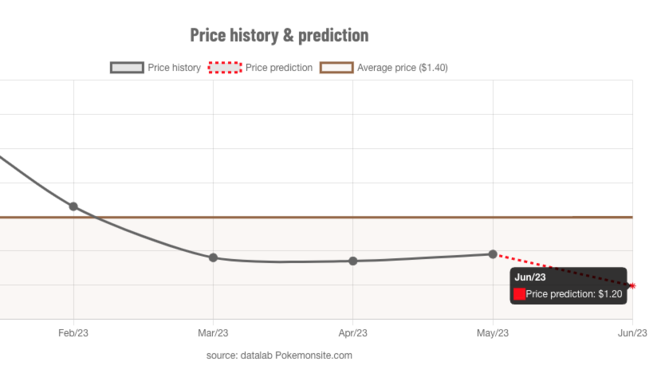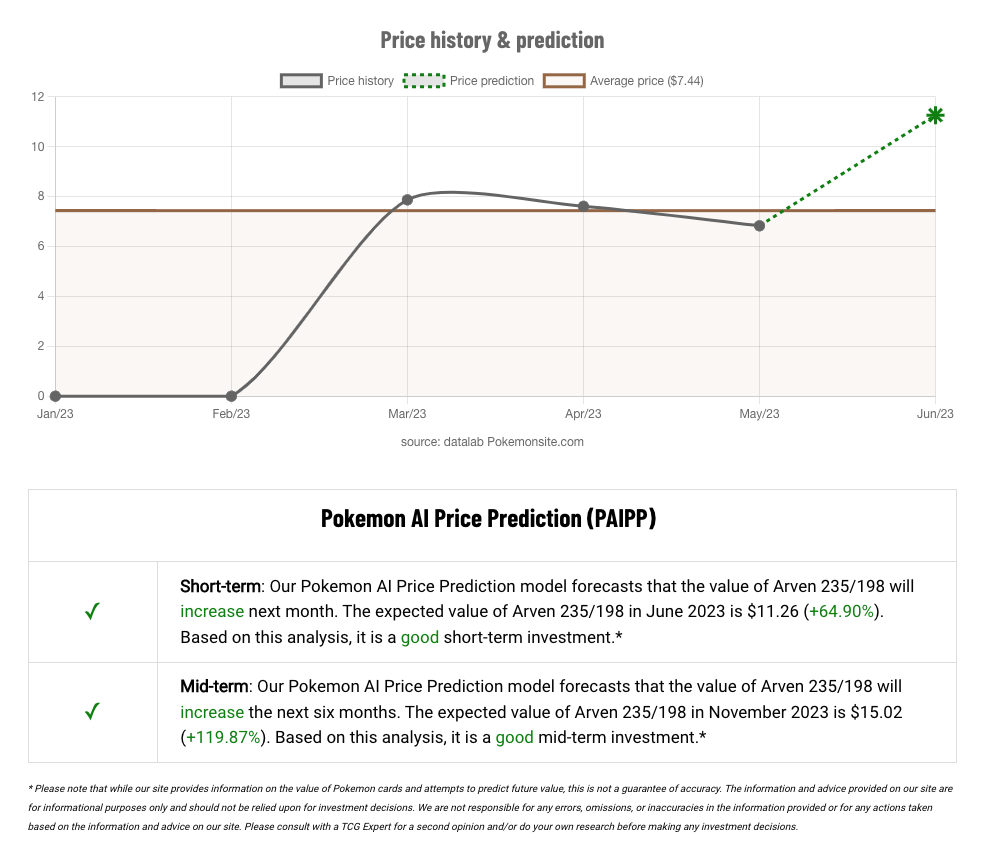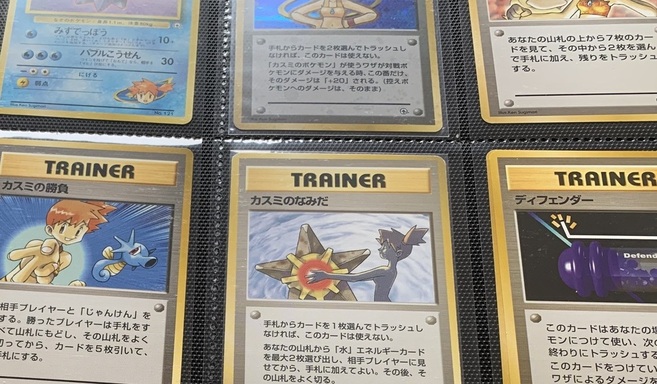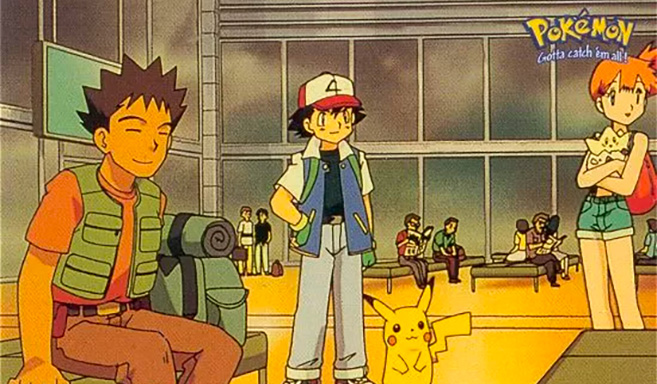Not only as an investor, but also as a collector, you probably would like to know whether your Pokemon cards will be worth more or less in the near future. Seasonal factors, release dates, and marketing campaigns from the Pokemon Company all contribute to the demand for Pokemon cards. And, the higher the demand, the higher the price of the cards. In the past, it was mainly common sense combined with luck to determine whether a card would increase or decrease in price. However, with the help of AI, historical data collected by the people of Pokemonsite.com, and some assistance from the field of science, you can now accurately estimate* the future value of your card. Try our Pokemon AI Price Prediction model (PAIPP) out for yourself by looking at the expected value of any card on it’s detail page (e.g. Charizard 4/102).
Introduction
In the world of collectibles, Pokémon cards have emerged as a popular and valuable investment. As interest in these cards continues to grow, collectors and investors are looking for ways to predict future prices to inform their purchasing decisions. Pokemonsite.com build a forecasting method called PAIPP (Pokemon AI Price Prediction). This model is based on the Holt-Winters method, a time series forecasting technique that is particularly adept at handling data with trends and seasonality. In this article, we’ll explore how the PAIPP method works, the importance of its key variables (alpha, beta, and gamma), and how seasonality plays a role in forecasting Pokémon card prices.
Understanding the Holt-Winters Method
As PAIPP is partly build on the The Holt-Winters method, let’s dive a little bit deeper in this model first.
The Holt-Winters method is also known as the triple exponential smoothing technique. It is an advanced time series forecasting method that combines three different smoothing components: level, trend, and seasonality. By considering these three components, the method can produce more accurate forecasts for time series data with trends and seasonal patterns, such as Pokémon card prices.
The Holt-Winters Method: F_t+k = L_t + k*T_t + S_t-k-m+1
Level: L_t = α * Y_t + (1 - α) * (L_t-1 + T_t-1)
Trend: T_t = β * (L_t - L_t-1) + (1 - β) * T_t-1
Seasonality: S_t = γ * (Y_t - L_t) + (1 - γ) * S_t-m
- Level (α): The level component captures the local average value of the time series. The smoothing parameter alpha (α) determines the weight assigned to the most recent observation in the series. In our case, the more recent Pokemon sets released. A value close to 1 gives more weight to recent sets, for example to Crown Zenith and Scarlet and Violet while a value close to 0 gives more weight to historical sets like the cards produced by Wizards of the Coast. Adjusting alpha allows for the flexibility to prioritize either recent or historical data in our PAIPP forecast.
- Trend (β): The trend component captures the overall direction of the data over time, in our case price changes between dates. The smoothing parameter beta (β) determines the weight assigned to the most recent trend in the series. A higher value of β gives more importance to the current trend, while a lower value focuses on historical trends. Adjusting beta allows for the flexibility to prioritize either recent or historical trends in the forecast.
- Seasonality (γ): The seasonality component captures recurring patterns in the data that occur within specific periods, such as months, quarters, or years. The smoothing parameter gamma (γ) determines the weight assigned to the most recent seasonal pattern in the series. A higher value of γ prioritizes the most recent seasonal pattern, while a lower value focuses on historical patterns. Adjusting gamma allows for the flexibility to prioritize either recent or historical seasonality in the forecast. A standard seasonality, not specific for Pokemon cards, can look like this: January (1.10), February (1.05), March (0.95), April (0.90), May 0.85), June (0.90), July (1.00), August (1.00), September (0.95), October 1.05), November (1.20), December (1.25). Instead of every month having a weight of 1, some month have a higher and some a lower seasonality index.
This Seasonality component is the part we had to rebuild to meet the specifics involved in the collection of Pokemon cards. We explain why below.
Seasonality in Pokémon Card Prices: A Deeper Look
Understanding seasonality in Pokémon card prices is essential for accurately forecasting future price movements. Seasonal patterns can be influenced by various factors, including holidays, special events (international but also local), and consumer behavior. But also, release dates, marketing campaigns and even actions taken by influencers do have influence on the change in price. But above all, an unforeseen development that has a global impact can have a positive or negative influence on the popularity of Pokemon cards. We will delve deeper into this shortly.
By recognizing these factors, collectors and investors can better anticipate price fluctuations and make more informed decisions. Here, we take a closer look at the key seasonal factors impacting Pokémon card prices.
- Holidays and Special Events: The demand for Pokémon cards often increases during specific holidays and special events. For example, during the holiday season, gift-giving drives up the demand for cards, resulting in higher prices. Additionally, special events such as Pokémon tournaments, anniversaries, or the release of new games and movies can generate increased interest in Pokémon cards and subsequently affect their prices. Additionally, a local event can also increase demand for Pokemon cards. As an example from our Dutch colleagues, on April 27th, in the Netherlands it is the King’s birthday and every child is allowed to sell their belongings on the street. This typically includes toys, and Pokemon cards are also bought and sold a lot during this time. The effect can be seen in the following weeks: the demand for Pokemon cards in shops and online stores increases significantly in the weeks after King’s Day.
- School Breaks: Pokémon cards are popular among younger audiences, so school breaks can influence the demand for cards. During extended breaks, such as summer vacations or winter holidays, children may have more time to engage with their hobbies and may ask for cards as gifts. This increased demand can lead to higher prices during these periods.
- Weather Patterns: Seasonal weather patterns can also impact Pokémon card prices. For example, in colder months or during the rainy season, people tend to spend more time indoors, which may increase interest in indoor activities like card collecting. Conversely, warmer months or periods with more outdoor activities may lead to a decrease in demand for Pokémon cards, resulting in lower prices.
- Product Releases: The release of new Pokémon card sets or expansions can have a seasonal effect on card prices. If a new set or expansion is released during a particular season, it can lead to increased interest in the entire Pokémon card market. This increased interest can cause prices for older cards to rise as well, as collectors and investors seek to complete their collections or capitalize on the hype.
- Market Trends: Seasonal trends in the broader collectibles market can also impact Pokémon card prices. For instance, if the overall market for collectibles experiences an upswing during a specific season, Pokémon card prices may follow suit. Being aware of these market trends can help collectors and investors better anticipate seasonal price fluctuations in Pokémon cards.
- Celebrity Influence: More and more celebrities and influencers express their interest in Pokémon cards, sharing their collections on social media platforms. This exposure led to a surge in popularity and demand for cards, as fans followed suit and began collecting, further driving up card prices.
- COVID-19 (Corona, see next chapter)
Impact of the COVID-19 Lockdown on Pokémon Card Prices
The COVID-19 pandemic and the subsequent lockdown measures had a significant impact on various industries and markets, including the Pokémon card market. As people spent more time at home due to lockdowns and social distancing, the interest in indoor hobbies, such as card collecting, surged. This sudden increase in demand for Pokémon cards led to a notable rise in their value. Here, we explore the key ways in which the COVID-19 lockdown influenced Pokémon card prices.
- Nostalgia and Escapism: During the lockdown, people sought out nostalgic and escapist activities to cope with the stress and uncertainty brought about by the pandemic. Pokémon cards, with their connection to childhood memories and simpler times, provided a comforting outlet for many. As a result, the demand for cards increased, driving up their prices.
- Shift to Online Sales: As brick-and-mortar stores closed or reduced their hours due to lockdown restrictions, online sales became the primary avenue for purchasing Pokémon cards. This shift to e-commerce platforms led to increased visibility and accessibility for collectors and investors, resulting in higher demand and, consequently, higher prices for cards.
- Increased Disposable Income: For some individuals, the lockdown meant reduced spending on travel, dining out, and other leisure activities. This extra disposable income was redirected towards hobbies and investments, including Pokémon cards. The influx of new collectors and investors into the market drove up the demand for cards and increased their value.
- Limited Supply: The lockdown also impacted the supply chain for Pokémon cards, as production and distribution faced disruptions. This limited supply, coupled with the increased demand, led to a scarcity of cards in the market, contributing to the rise in their value.
The COVID-19 lockdown played a crucial role in shaping the Pokémon card market, influencing both demand and supply factors. We believe that COVID-19 had a price-inflating effect on Pokemon cards, but it was not a development that we necessarily see reflected in the near future. As far as we are concerned, the impact of COVID-19 influenced recent developments but not future price developments. We took this into account when weighting the Seasonality factor in our PAIPP model. We also along some other changes we made to the Holt-Winters method. At this moment we do not fully disclose our model due to the fact it is still a model in proces. In the end, our PAIPP model is a modification of the Holt-Winters model, trying to give the most accurate prediction on Pokemon card prices.
First Results
After running some tests for a couple of months, The PAIPP model looks to be a powerful tool for forecasting Pokémon card prices, as it accounts for the important components of level, trend, and seasonality. See for example the prediction the PAIPP model made for Charizard 4/102, based on previous price data, Trenddata, Level data and Seasonality for the month May:
| Details | Data |
|---|---|
| Card | Charizard |
| Set | Base set |
| Number | 4/102 |
| Current Price (April) | 342.55 |
| PAIPP forecast May | 355.55 |
| Actual Price May | 355.41 |
| Difference | 0.04% |
As the numbers show, the prediction (355.55) and the actual price (355.41) were not showing a big difference. We will use this data and our learnings to optimize the model in the forthcoming months.
Conclusion
Although the first results do show that our PAIPP model is capable in predicting future prices for Pokemon cards, we need to improve our method by doing and learning. Our team will keep analyzing predicted data and actual data and keep improving the PAIPP model by adjusting the smoothing parameters α, β, and γ, the seasonality and other details.
At this moment, we believe that collectors and investors can already leverage our forecasts to make informed decisions about when to buy, sell, or hold Pokémon cards. As the Pokémon card market continues to evolve and expand, the PAIPP method will remain a valuable resource for anticipating future price movements and staying ahead in the world of collectible investments.
FAQ
The AI tool uses advanced machine learning algorithms to analyze historical price trends, card rarity, condition, and other factors that influence the value of Pokémon cards in order to make accurate predictions.
By utilizing the PAIPP tool’s predictions, investors can gain insights into the projected future value of specific Pokémon cards, allowing them to strategize and optimize their investments. For example, the tool may help identify cards with a high potential for appreciation, which could be added to an investor’s portfolio. Additionally, the tool can aid in determining the optimal time to sell cards based on their predicted future values, maximizing returns on investments. However, it’s important to remember that the PAIPP tool’s predictions should be used in conjunction with other research methods and market analyses for a well-rounded investment strategy.
The PAIPP (Pokemon AI Price Prediction) tool assists investors by providing data-driven predictions on the future value of individual Pokémon cards. By analyzing historical price trends, card rarity, condition, and other relevant factors, the tool can help investors identify potentially lucrative cards for their portfolios, allowing them to make more informed decisions about which cards to buy, sell, or hold onto.
While the AI tool can provide predictions on the future value of your cards, the decision of when to sell ultimately depends on your personal goals and circumstances. Use the tool’s predictions as a guide, but also consider other factors such as market conditions and your own financial situation.
While the AI tool is designed to provide accurate predictions, it’s important to remember that no prediction can be guaranteed. The tool should be used as a guide to help inform your decisions, but you should also consider other factors and do your own research.
The AI tool is designed to predict the value of a wide range of Pokémon cards. However, there may be some rare or unique cards that the tool cannot accurately predict due to limited data or other factors.
To use the AI tool, simply visit the website, enter the required information about your Pokémon card in the search bar, such as the card name and number and check the Forecast section on the detail page to see the predicted future value of your card.
Yes, the AI tool on PokemonSite.com is free for anyone to use and requires no registration or payment.
The primary focus of the AI tool is to predict the value of individual Pokémon cards. However, the tool may still provide valuable insights into the potential future value of sealed products by analyzing trends and data related to the cards contained within.
* Please note that while our site provides information on the value of Pokemon cards and attempts to predict future value, this is not a guarantee of accuracy. The information and advice provided on our site are for informational purposes only and should not be relied upon for investment decisions. We are not responsible for any errors, omissions, or inaccuracies in the information provided or for any actions taken based on the information and advice on our site. Please consult with a TCG Expert for a second opinion and/or do your own research before making any investment decisions.







